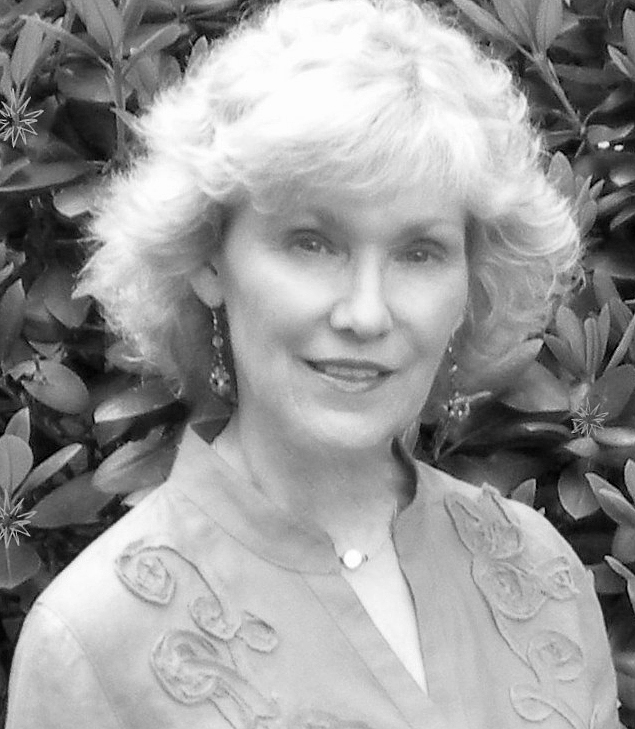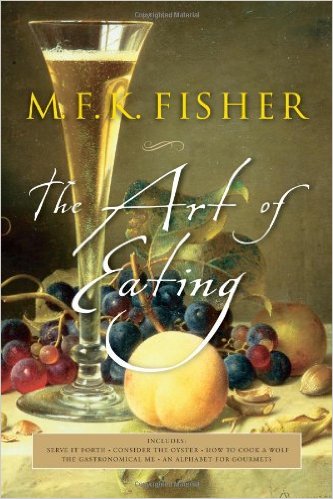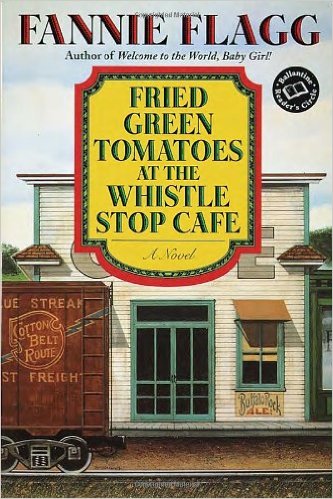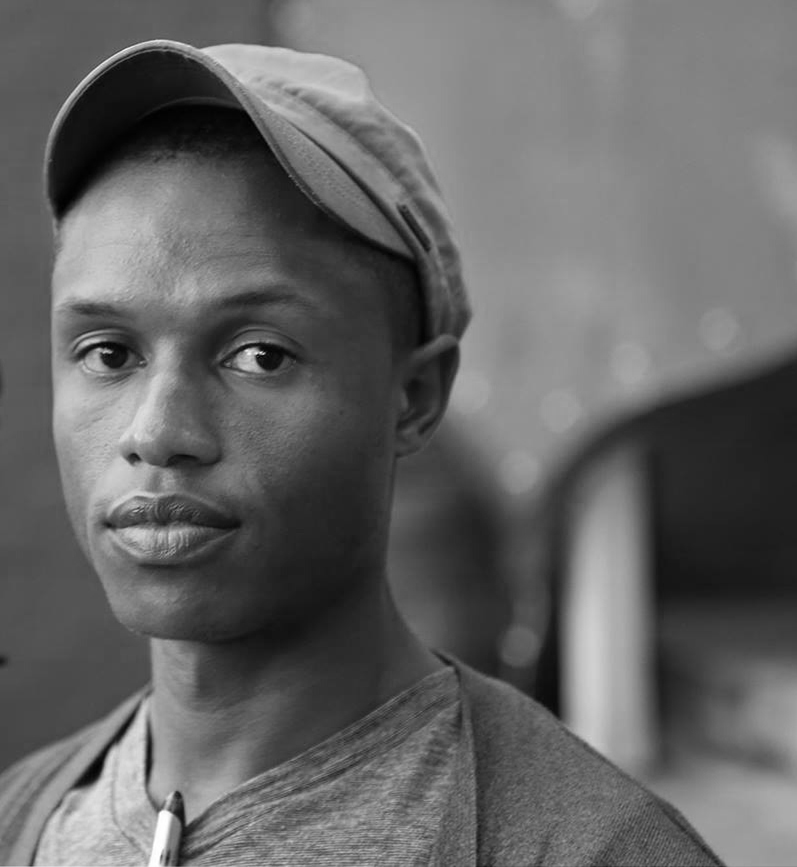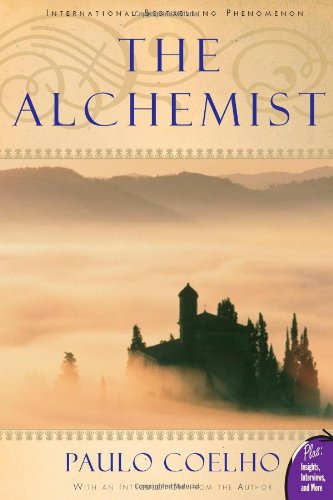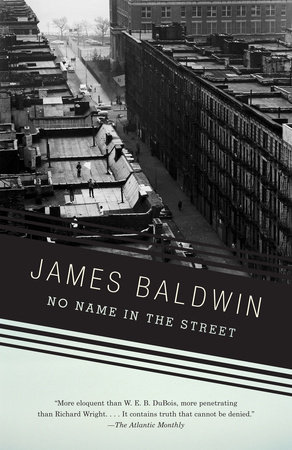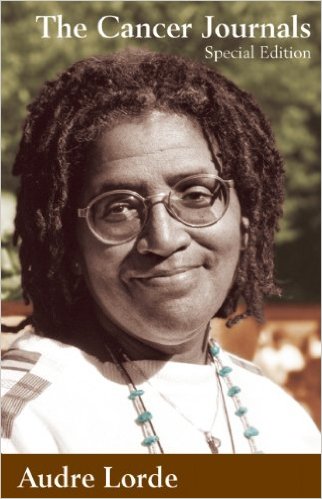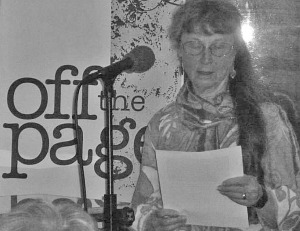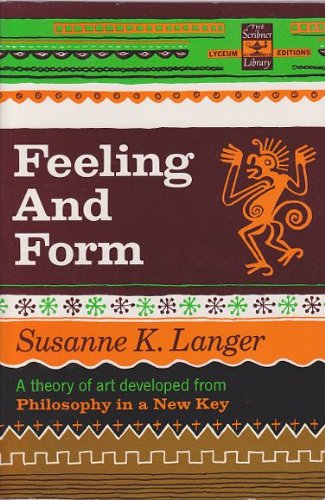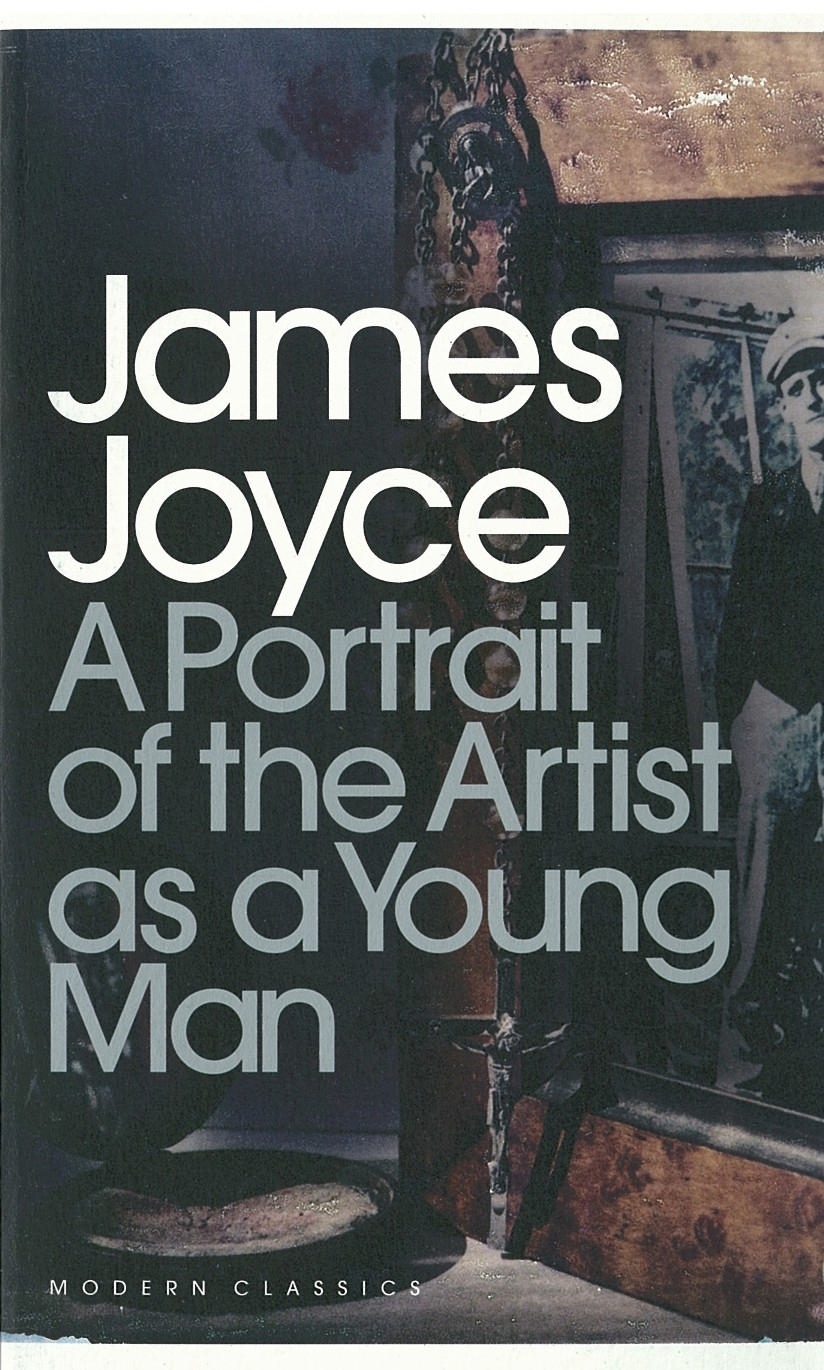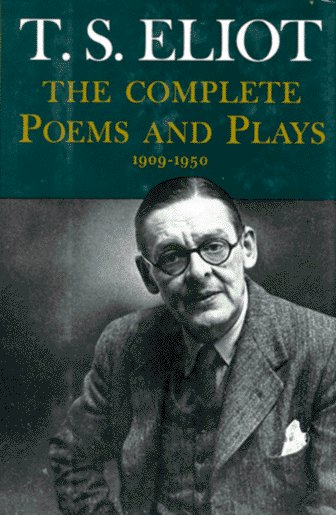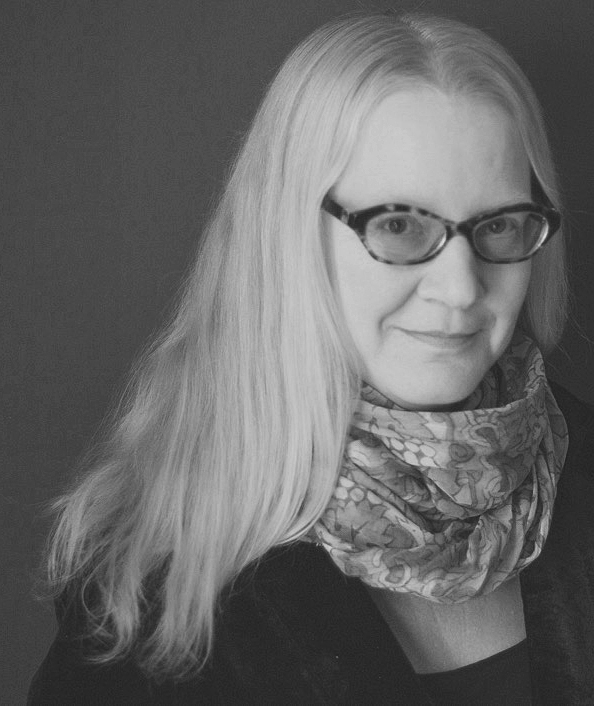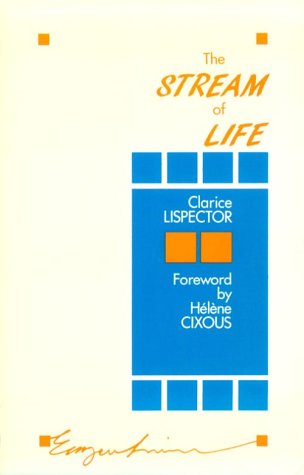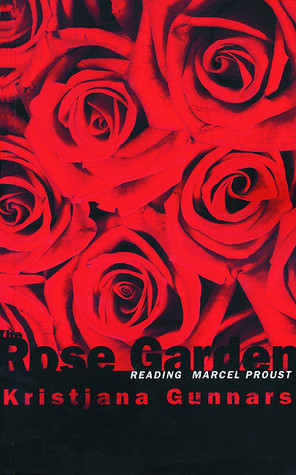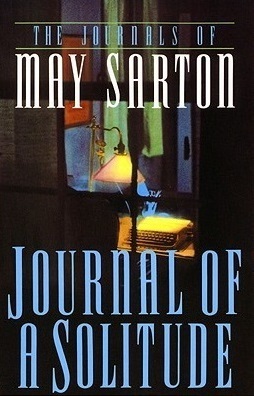Yolanda Sánchez on Attention
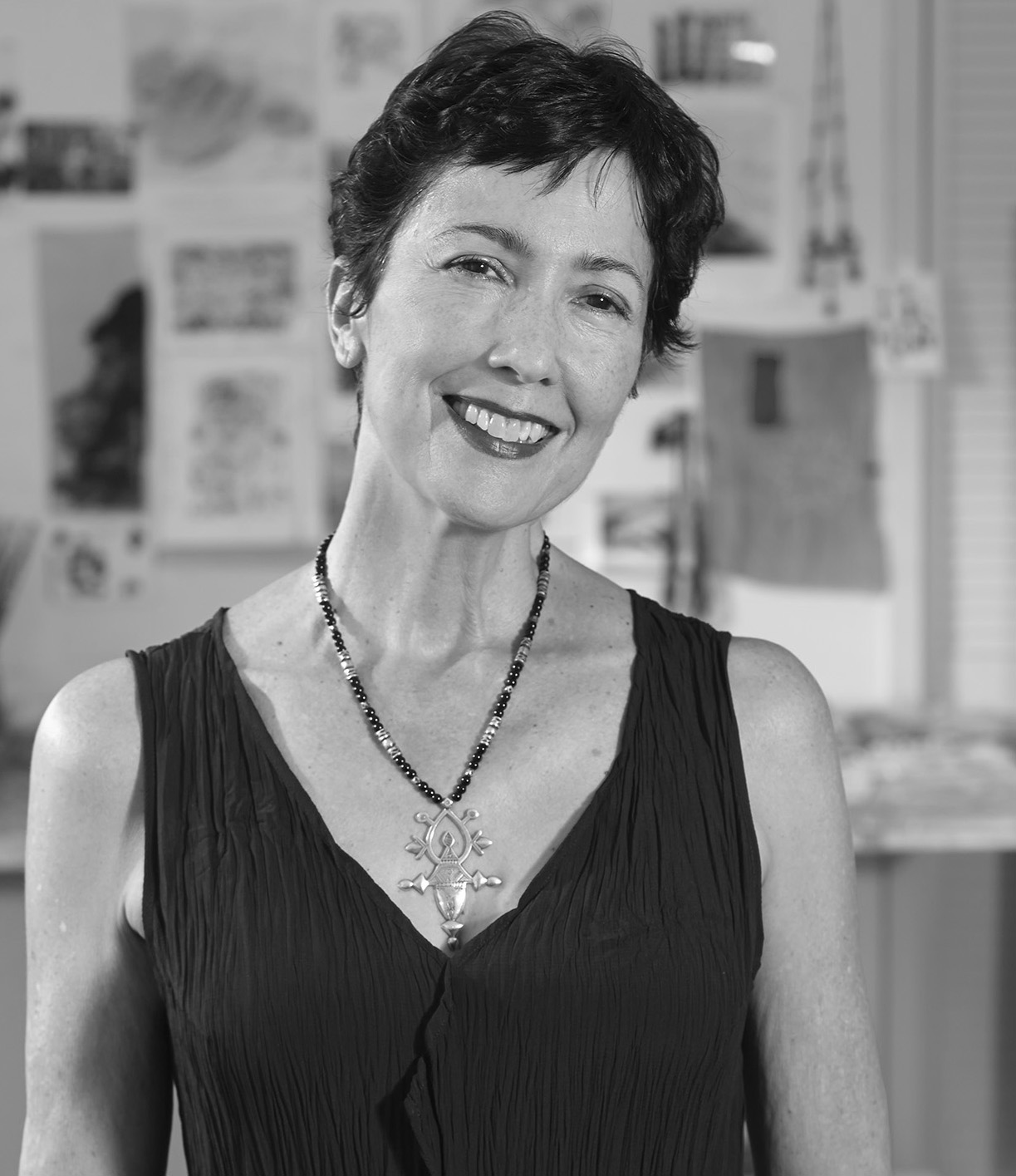 “Making art, for me, is a way of being present in the world. It is an act of attention,” says Yolanda Sánchez, a visual artist based in Miami, Florida.
“Making art, for me, is a way of being present in the world. It is an act of attention,” says Yolanda Sánchez, a visual artist based in Miami, Florida.
Born in Havana, Cuba, Sánchez was a child when she immigrated to the U.S. After working decades as a clinical psychologist, she returned to school to earn bachelor and master degrees in painting from Yale University. Her beautifully abstract paintings are exhibited both nationally and internationally, and she also serves as director of Fine Arts & Cultural Affairs at Miami International Airport.
“It is my desire to become both a more finely tuned observer and to live more in the moment,” she says. Influenced by dance, calligraphy, poetry, and Buddhism, Sanchez considers her work a reflection of her spiritual practice. “It is not about dogma but is about doing,” she explains, “and the effort to develop more mindfulness, greater attention and compassion, to sharpen the senses.”
Calligraphy and dance also inform her work. “They both use and reflect elements of movement and stillness, suggesting at once, dissolution and impermanence, but also, interrelatedness. The goal is to capture an energy or spirit – something impermanent, moving and changing.”
“My intention for the future is to widen my boundaries – find new sources of inspiration, discover something I don’t know – any or all of these experiences that make me love the world a little more.”
Yolanda Sánchez suggests three good books on the theme of Attention: 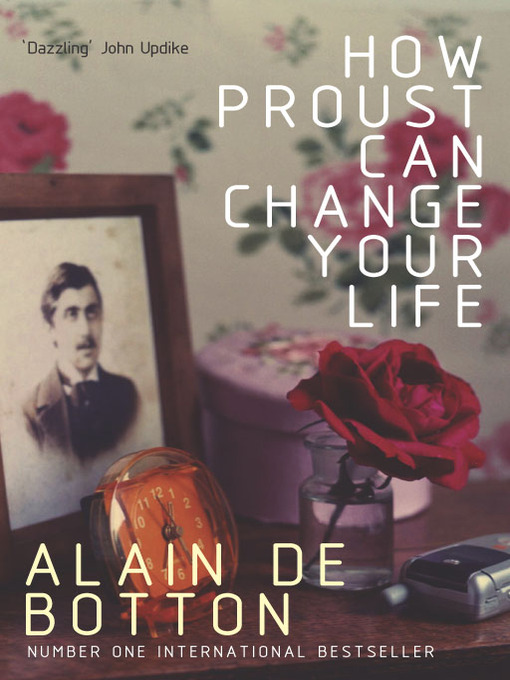
 How Proust Can Change Your Life
How Proust Can Change Your Life
by Alain de Botton
A delightfully humorous book, a self-help manual of sorts. De Botton reappraises Proust’s famous book, In Search of Lost Time, as a self-help manual for modern times, pointing that our dissatisfactions are more a consequence of “a certain way of living” and a “certain way of looking.” This book is a guide through Proust’s life and writings, summarized with the admonition to “stop wasting time and start appreciating life.” Chapters with titles such as How to Take Your Time and How to Open Your Eyes, ardently tell us that the world becomes more interesting when we slow down and attend, when we notice the details of our surroundings. Unhappiness occurs when we neglect to pay attention to the particulars of our lives, when we consider our lives to be “trivial.” De Botton relates and quotes Proust and his famous incident with the madeleine: “No sooner had the warm liquid mixed with the crumbs touched my palate than a shiver ran through me and I stopped, intent upon the extraordinary thing that was happening to me. An exquisite pleasure had invaded my senses . . and at once the vicissitudes of life had become indifferent to me, its disaster innocuous, its brevity illusory . . . I had ceased now to feel mediocre, contingent, mortal.” This was just an ordinary French sweet cake, but attention to his senses allowed for a luminous experience and one that activated memory. De Botton concludes, “beauty is something to be found, rather than passively encountered” and “it requires us to pick up on certain details . . .” 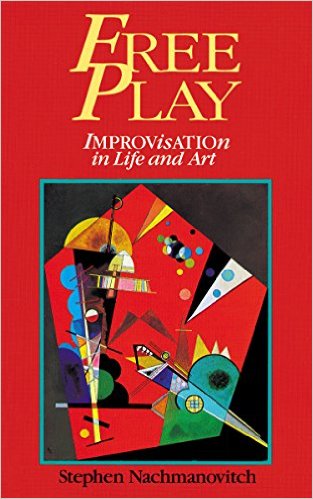
 Free Play: Improvisation in Life and Art
Free Play: Improvisation in Life and Art
by Stephen Nachmanovitch
I have read this book at least five times, if not more, and I open it every so often for inspiration. In a way, it is about attending in a certain way, as I note in my comment about Proust above. It is about releasing our creativity through methods that unblock our natural flow. This natural flow comes through being connected and ready or receptive, and is facilitated through play and improvisation. Alluding to many Zen teachings, Nachmanovitch states that being awake means being ready to respond. The “real material” is always there and what we desire to express is already within us. It can, however, be enhanced through practice or it can become blocked. The mind at play allows us to tap into the energy or force that is present. In improvisation, there is only the NOW (all there is, really!). To tap into the now it is necessary to surrender and be fully present, to have an attitude of “nothing to win, nothing to lose.” Through play, states Nachmanovitch, we can learn to develop a state of mind which is completely tuned into the present moment. It is an attitude and way of being that teaches us that every moment is unique and will never happen exactly the same way. The Japanese say, “ichigo, ichie” – one moment, one meeting; one opportunity, one encounter. “The whole essence of bringing art into life is learning to listen to our guiding voice,” which we know as intuition. And it comes with attention. 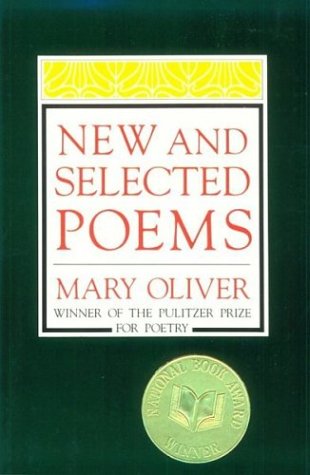
 New and Selected Poems
New and Selected Poems
by Mary Oliver
Reading a Mary Oliver poem is a way of awakening and slowing down. I read her words and I feel I am actually present in the natural world. My senses are activated. The poems ask us to “stop, look and see,” and to “be astonished.” “To pay attention, this is our endless and proper work,” states Oliver. Like Proust, Oliver asks us to see in a “certain way.” When we pay attention, it is as if we are seeing each thing or situation for the first time – it is always fresh. It is a “beginner’s mind” as Suzuki Roshi tells us: “In the beginner’s mind there are many possibilities, in the expert’s there are few.” We hurry about and don’t truly notice, or we think we know and don’t really look. Oliver illuminates the ordinary and makes it extraordinary; yes, we can get a rush from the most mundane things: a grasshopper, a whelk, a black bear. “The world offers itself to your imagination,” she says, but we need to notice. From the marvel of reality, we touch on the spiritual. For Oliver, the act of attention is a form of prayer.

 Post a Comment
Post a Comment